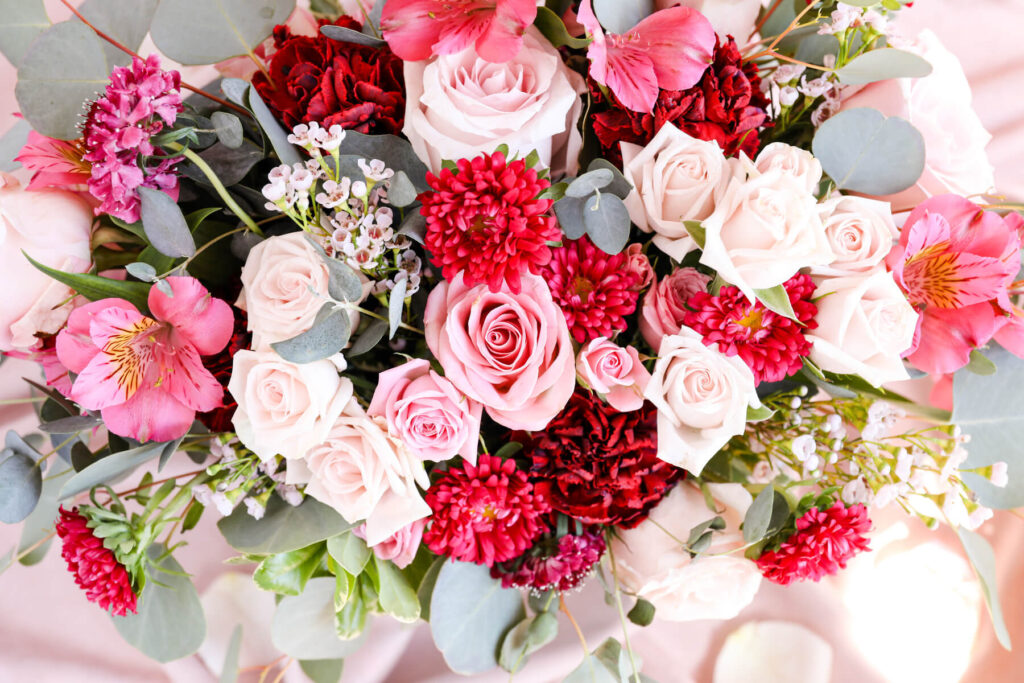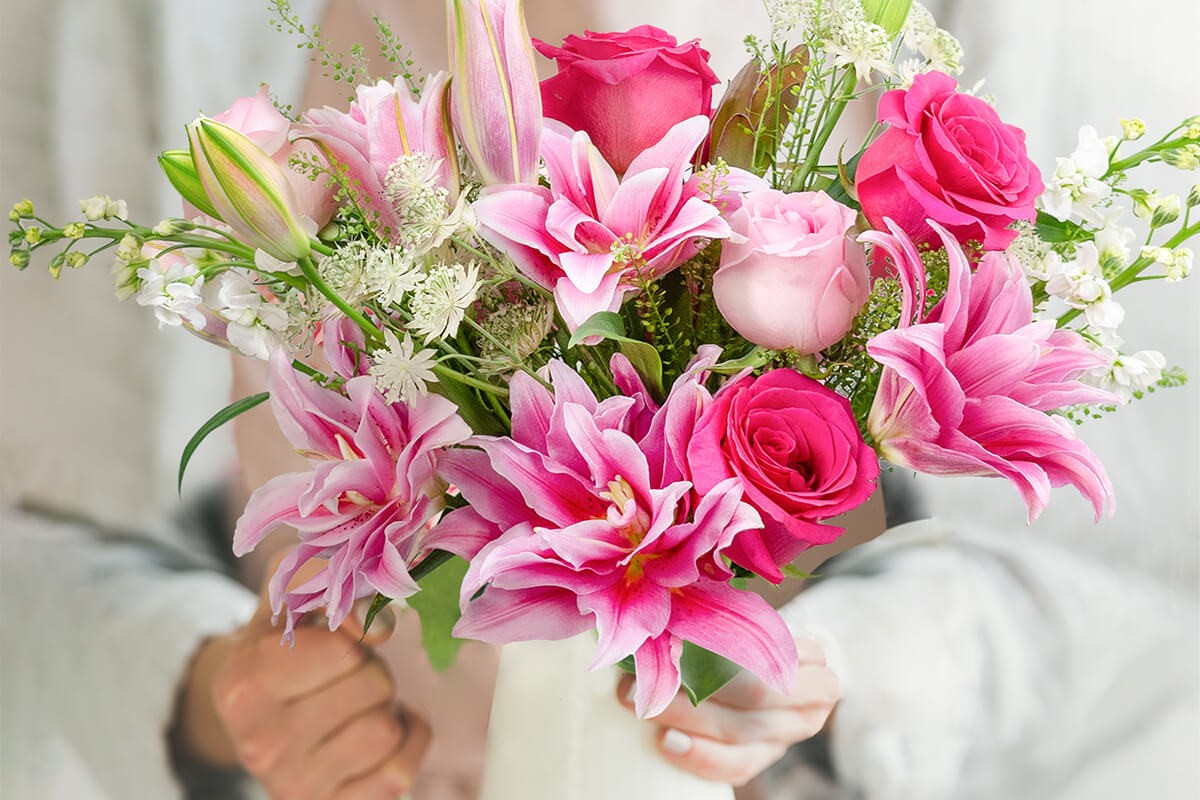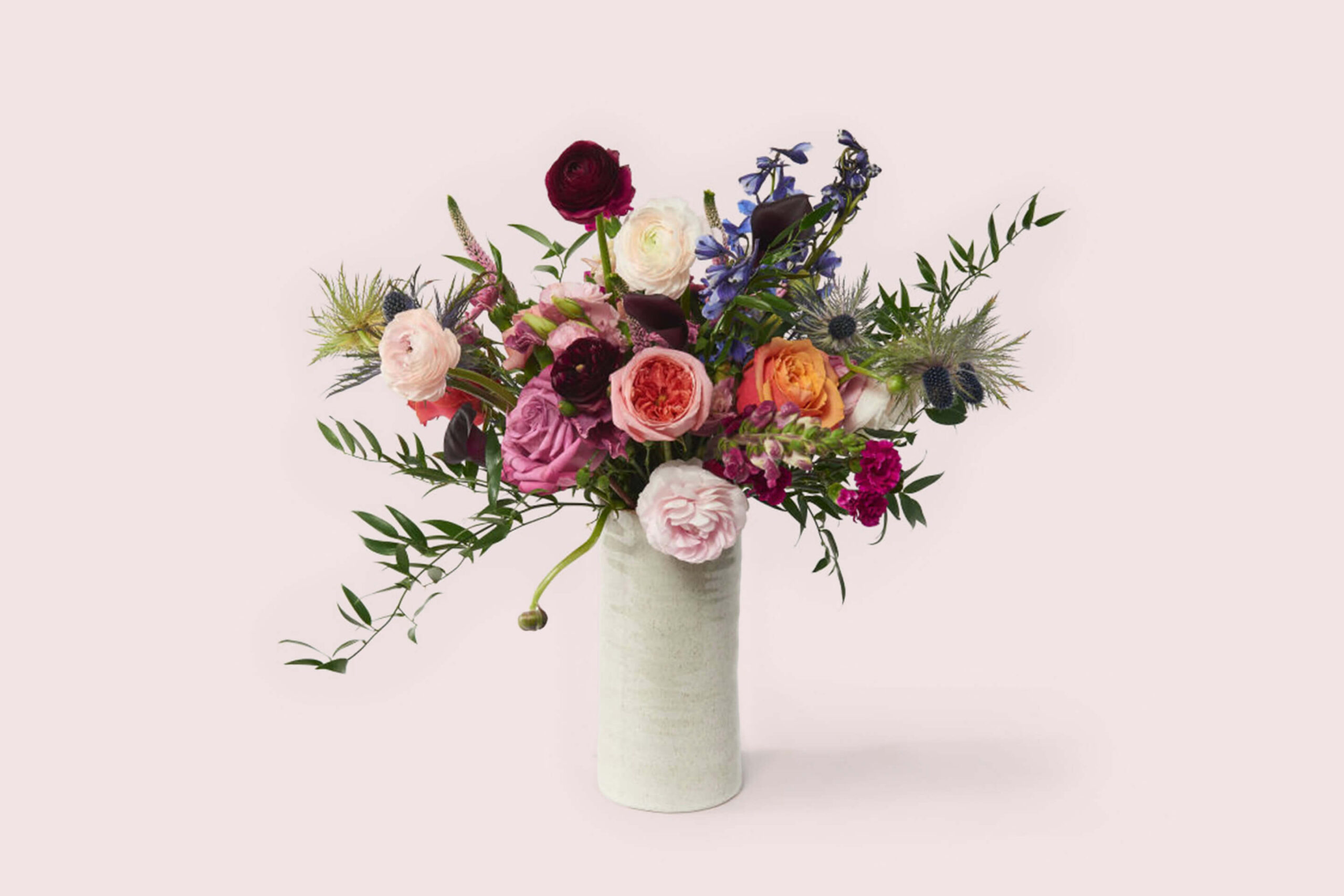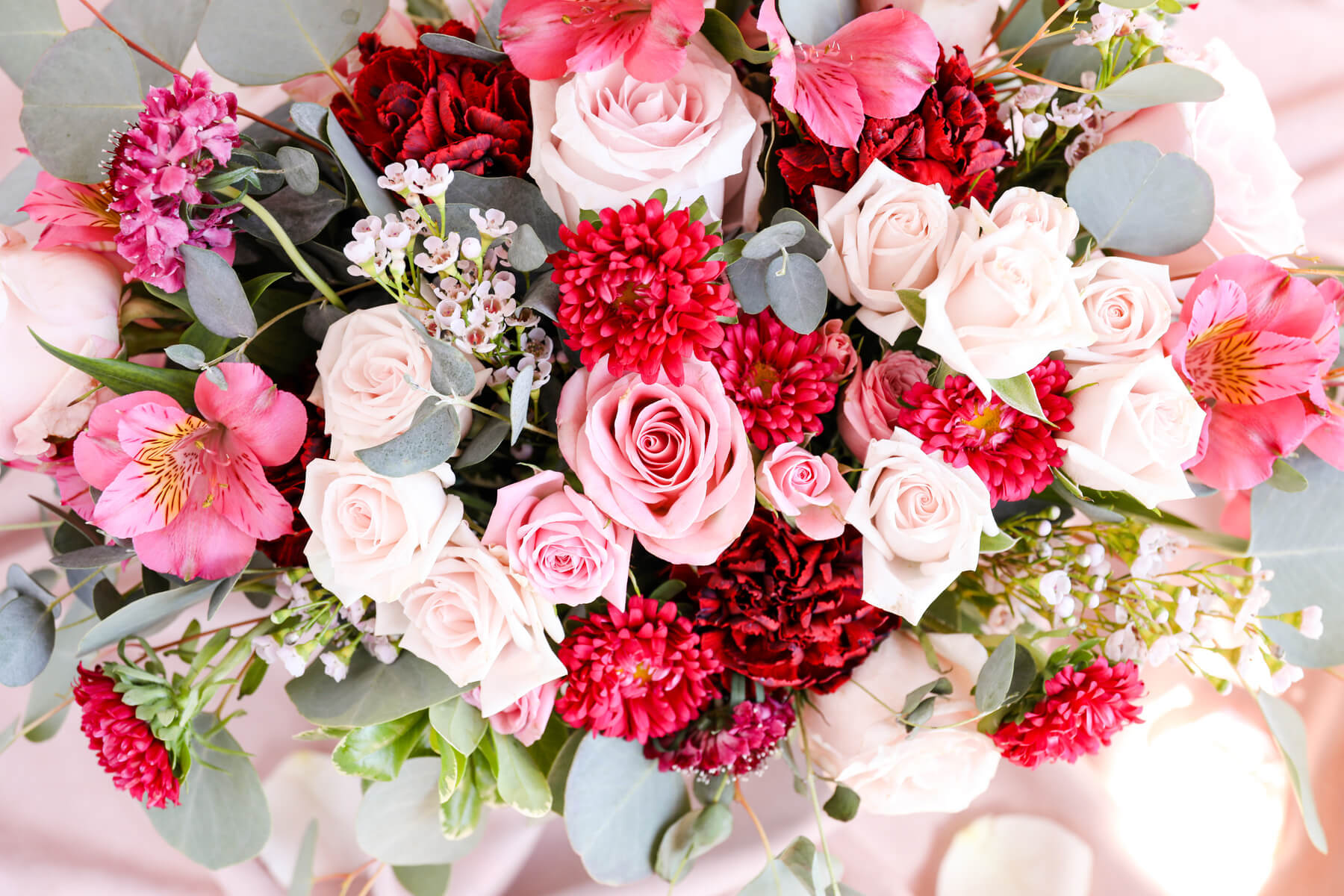A City That Grows Its Own Poetry
Melbourne doesn’t wear its flowers with delicacy—it wears them with flair. This is a city where gardens grow between cracks in the footpath, where rooftop terraces become jungles, and where a simple walk through Fitzroy or Prahran is a masterclass in accidental floral styling. Here, petals aren’t just petals. They’re punctuation in the city’s conversation—soft exclamation marks in a place known for its sharp weather and sharper coffee.
Step into Melbourne’s floral world, and you’ll find blooms that speak louder than words: untamed bunches of native proteas, orchids styled like sculpture, eucalyptus arranged with reverence. It’s a visual language that changes with the seasons and with the spirit of the people who tend to it—florists, growers, artists, and dreamers.
Melbourne is always in bloom. You just need to know where to look.
The Earth Beneath the Beauty: Where Melbourne’s Flowers Begin
The journey of a Melbourne bouquet doesn’t begin in a florist’s hands. It begins in the dirt—often in the fertile soils of the Yarra Valley or the rolling landscapes of the Mornington Peninsula, where boutique flower farms quietly grow beauty, stem by stem.
On the edge of Mount Eliza, the Peninsula Peony Co. bursts into color each November. “There’s a three-week window,” says owner Ruth Callahan, imagined here with mud on her boots and wonder in her eyes. “And it’s magical. One moment they’re buds, the next they’re fireworks.”
Further inland, in the misty paddocks of the Yarra Ranges, farms like Blooms & Co. grow heritage dahlias, ranunculus, and wild meadow mixes that are snapped up by city florists who value freshness and locality over imports.
And that’s the thing about Melbourne’s florists—they care not just about how flowers look, but where they come from. The floral scene here is grounded in sustainability and seasonality, rooted in a respect for the land and the growers who work it.
Where Florists Begin: Before Sunrise at Epping Market
Long before most of the city stirs, florists make their way to the Melbourne Wholesale Flower Market in Epping. It’s not glamorous. It’s cold. It’s busy. But for the floral artists of Melbourne, it’s a ritual—a gathering place where inspiration is pulled from buckets of dew-kissed tulips, native paper daisies, and lush armfuls of hydrangeas.
“You never know what you’ll find,” says Ava Marten, a Collingwood florist who wears her curls like a crown of petals. “It’s a little chaotic. But then you spot the right stem—and suddenly, the day has a story.”
Here, local growers meet florists in a flurry of transactions and quiet moments of appreciation. It’s where trends are born and traditions are honored, all before the sun hits the skyline.
Foraging, Feeling, and Finding the Wild
Of course, not every florist sources from markets. A new generation is turning to the wild edges of the city—creek trails, roadside hedgerows, even backyards—with baskets in hand and an eye for beauty.
These foraged arrangements carry with them a sense of place—pieces of Melbourne that would otherwise go unnoticed: a sprig of bottlebrush from the Merri Creek path, a twist of flowering mint from a friend’s garden, a branch of fig that fell after a storm.
“Sometimes the most beautiful element is the thing no one planned,” says Lina Khoo, whose Thornbury studio Field Notes specializes in hyperlocal, low-waste floristry. “It’s about paying attention. You don’t take from the earth—you collaborate with it.”
This approach, rooted in ecology and storytelling, is redefining Melbourne’s floral aesthetic. It’s less about perfect symmetry, more about personality. Less imported glamour, more soulful expression.
The People Behind the Petals
Behind every breathtaking bouquet is a person who sees the world differently—someone who wakes before dawn, lives by the seasons, and touches beauty every single day.
There’s Marco Bellini, a Brunswick florist who grew up arranging flowers in his grandmother’s Roman kitchen. His shop, Fiorire, blends Italian romance with native Australian boldness. “I mix tradition with what’s outside my door,” he says. “A rose from my Nonna’s memory. A gum branch from down the street.”
Then there’s Saskia Hye, a queer florist and artist in St Kilda who uses flowers to explore identity, grief, and joy. Her installations—cascading wildflowers in unexpected colorways—grace galleries and protest marches alike. “Flowers can speak when we can’t,” she says. “They hold softness and power in the same breath.”
Florists here are not just stylists. They are feelers. Translators. Keepers of quiet rituals.

Melbourne’s Signature Style: A Tangle of Wild and Refined
So what defines Melbourne’s floral look? In a word: contradiction.
It’s where native banksias meet imported ranunculus. Where structured ikebana sits beside overflowing meadow-style arrangements. Where a bouquet might include a single protea, a smudge of chamomile, and a whisper of wattle—and somehow, it works.
Melbourne’s floristry is like its fashion or food scene: eclectic, bold, and unafraid to blend the unexpected. It embraces raw edges and untamed elegance. It tells stories through scent, color, and texture.
This is not a place of uniform roses or symmetrical lilies. It’s a city where bouquets are moods, where arrangements are statements. It’s unpolished perfection—and it’s all the more stunning for it.
Culture in Bloom: Flowers as Language and Legacy
What’s most beautiful about Melbourne’s flower culture is how deeply it blooms within its diverse communities.
In Indian-Australian households, marigold garlands are crafted for Diwali—bright suns of celebration and sacredness. In Vietnamese neighborhoods, chrysanthemums line altars for ancestors during Lunar New Year. In Greek Orthodox churches, floral crowns adorn icons during Easter, symbolizing renewal and resurrection.
Flowers here are not just visual. They are spiritual. Cultural. They mark births and deaths, joy and mourning. They are how stories are passed on—without words.
First Nations communities, too, have long honored the power of plants and flowers. Native blooms like waratah, lemon myrtle, and billy buttons are used not just for ceremony but for medicine, food, and knowledge. A new wave of florists and garden designers are learning from these traditions, weaving Indigenous wisdom into contemporary floral practice.
“Floristry isn’t just about beauty—it’s about connection,” says Maya Tjukurrpa, a Wurundjeri-led artist whose native flower workshops are part education, part cultural revival. “When we use local flora, we’re touching thousands of years of story.”
A City That Always Finds a Way to Bloom
As the afternoon sun spills golden over Melbourne’s rooftops, you’ll spot them—bouquets cradled in arms, blossoms poking from bike baskets, petals dropped along tram steps like breadcrumbs of beauty.
In this city, flowers are woven into the rhythm of life. They soften the urban edge. They slow the pace. They surprise you—on your doorstep, at a gallery, in a stranger’s hands.
They remind you that even in a fast-moving, ever-changing place, something soft, wild, and wonderful can still take root.
Because here, in the gardens and studios and side streets of Melbourne, flowers are not just grown. They’re felt. They’re shared. They’re lived.
And in every bloom, Melbourne finds another way to say who it is.



